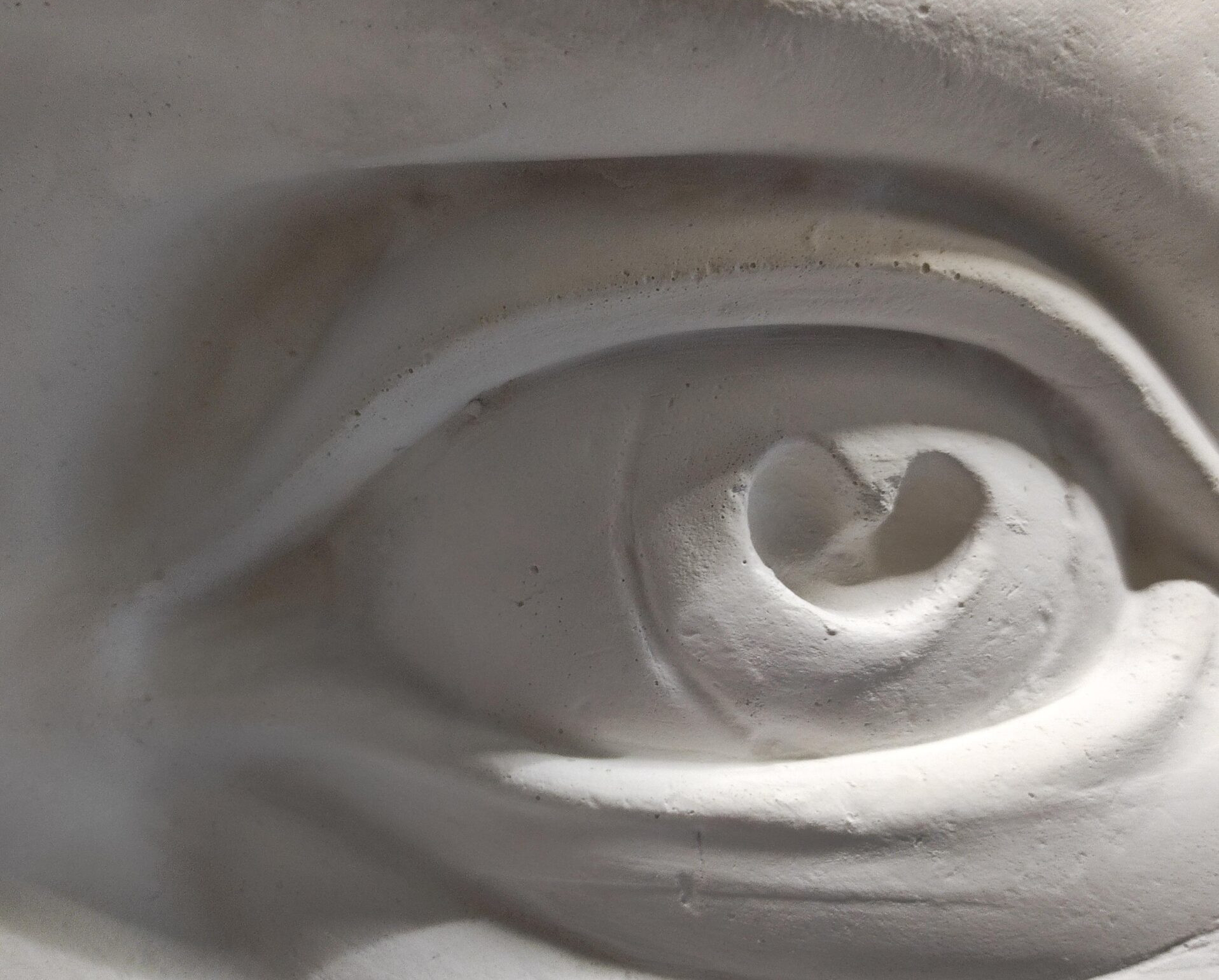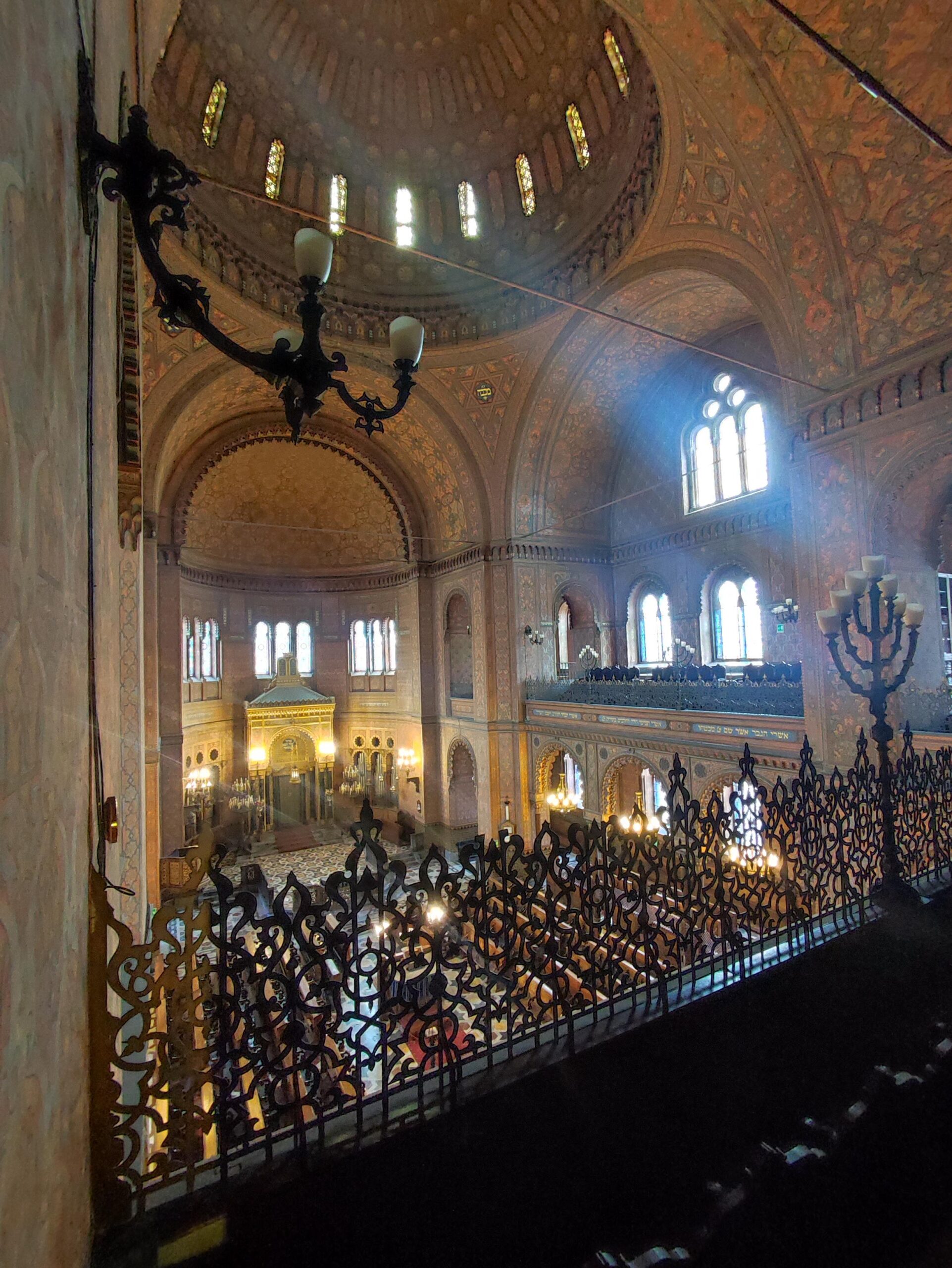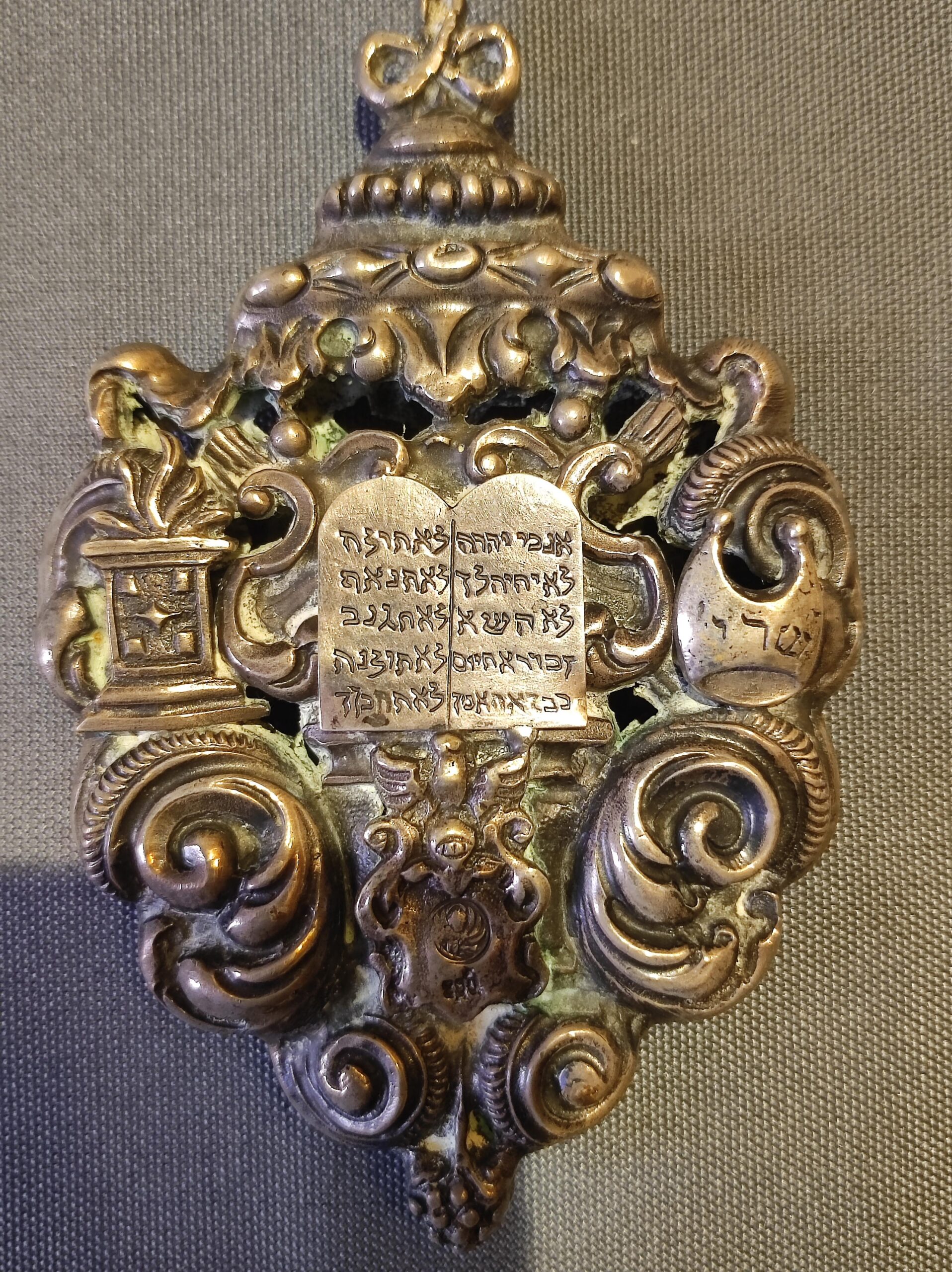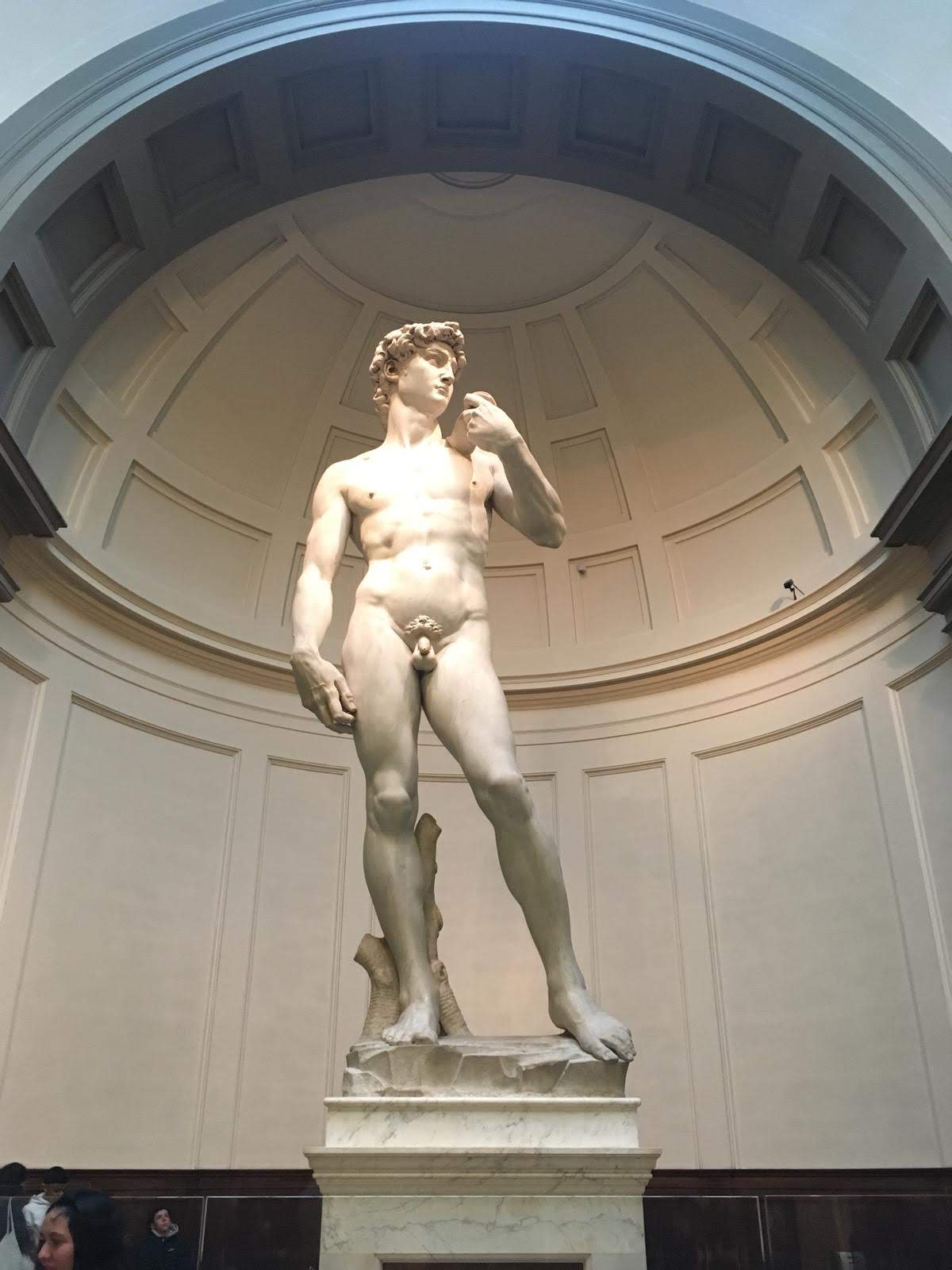SYNAGOGUE AND ACCADEMIA GALLERY

Historical evidence of the ghetto and of Jewish culture in the city of Florence (3 hours)
Three hours will just be enough to see and hear everything that shows the presence of the ancient ancient Jewish commnity in Florence. The visit covers a vast time span and a large area of the city. The tour takes place partly outdoors and partly indoors, in museums and places of worship. If, on the other hand, three hours seem too many and look for a tailored experience to contact me .
About the story of the Jewish community in Florence
We will approach the theme of this tour from a historical point of view by recalling, with data in hand, the ethnic and religious groups present in Florence since thirteenth century.
We will also refer to the history of the ghettos in Italy and to the laws concerning the jews before and after the 16th century. In Florence limitations already imposed on the Jews during the 16th century culminated in the act of establishment of the Florentine ghetto (1570). Our historical reconstruction will end in the Synagogue where the subsequent chapters of the Jewish history of Florence, up to the deportations suffered by numerous Florentine families during the Second World War will be touched on.
Places of segregation and places of freedom
We will visit the places where until the nineteenth century there has been traces of the Jewish community, now disappeared after the architectural restyling of the Florence, which was then the capital of the Italian kingdome. We will recall the effects of the French Revolution and in the neighborhood of the Israelitic Temple we will be able to observe a paculiar style that developped after the end of the segregation.
Considereremo la sinagoga dal punto di vista architettonico, come un unicum We will consider the synagogue from an architectural point of view, as a unicum in the history of nineteenth-century architecture in Florence and we will then consider the style and materials chosen for its construction.
Jewish life according to the precepts
During the visit to the synagogue we will focus on the ritual objects and those of daily life, associated with the key moments of the cycle of life and the calendar.
With reference to the most significant holidays, we will consider the specificities of Kosher cuisine from a nutritional point of view, focusing on the main recipes still prepared today in restaurants close to the synagogue and the equipment and behaviours necessary for the correct celebration of important ceremonies and daylife occasions.
The presence of the Old Testament in Florentine art
Along the way we will take into consideration the artistic masterpieces most connected to the theme of this tour, such as the gate of Paradise decorated with scenes from the Old Testament. We will briefly visit the Accademia Gallery to admire the David statue sculpted by Michelangelo Buonarroti in 1504.
Want to know more about the doors of the Baptistery? Book a Tour to the Duomo complex!
Two museums in one ticket: The Academy was established by the Grand Duke Pietro Leopoldo during the Lorraine times in order to organize school education and provide for the artistic rebirth of Florence. Graphic, visual and musical arts were taught in the Academy of Fine Arts, and in the Music Conservatory: both institutions are still active today in the same spaces where they were founded.
What to see besides the statue of David by Michelangelo Buonarroti
We will not focus on works of Christian art, although the Accadema is a small museum, we will directly move to that masterpiece that attracts millions of visitors every year. On our way we will dedicate a few minutes to the famous “Rape of the Sabine Women” by Giambologna and, in the adjacent room, and to the bust taken from Michelangelo’s funerary mask. Here we will be able to admire the Prisoners, the unfinished masterpieces of Michelangelo’s maturity. Although the traces left by the tools for sculpting the marble are clearly visible, the incompleteness does not reduce the suffering of the prisoners, who are portrayed in the effort to free themselves from the stone that envelops them. Before leaving the Gallery we will also admire Antonio Stradivari’s tenor viola and other interesting specimens, which, too document the importance of Florence in the history of music.
- Duration: 3 hours, of which one hour will be spent outdoors, dedicated to the history of the Florentine ghetto. The remaining time will be split between the synagogue and the Accademia Gallery.
- Meeting point, starting time: time and place for meeting point to be arranged with visitors.
- Languages and accessibility: The tour can be given in Italian and English depending on the visitor’s request. Somewhere the uneven road surface may make travelling in a wheelchair difficult. It will not possible to enter the synagogue on Shabbat and on the occasion of the main holidays of the Jewish calendar.
PRICES
Price changes according to number of participants. The indicated price includes taxes required by law.
Up to five people: €240,00 total (not per person).
Between six and ten people: €40,00 per person
From eleven people: €25,00 per person
Children under ten years old: free
Included in the price:
Private tour by a National Licensed tour guide to the most significant places for the Jewish community of Florence and to the Accademia Gallery .
Not included in the price:
The purchase of tickets for the Accademia and the Synagogue is not included in the prices indicated above. The entry time to the Academy will be arranged when booking the tour. You can buy tickets at the Accademia Gallery official website . Tickets for the Synagogue can also be purchased on site.




